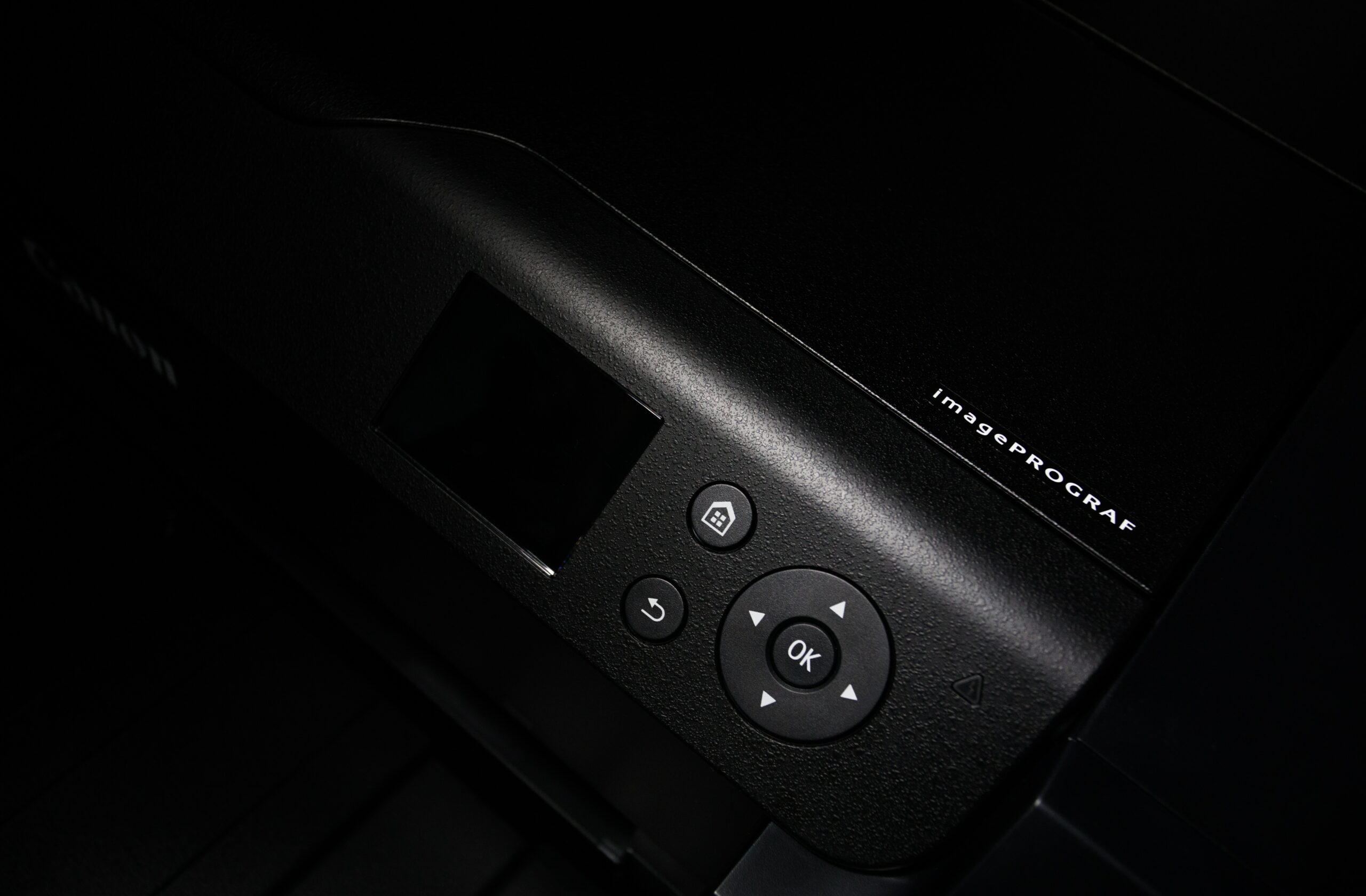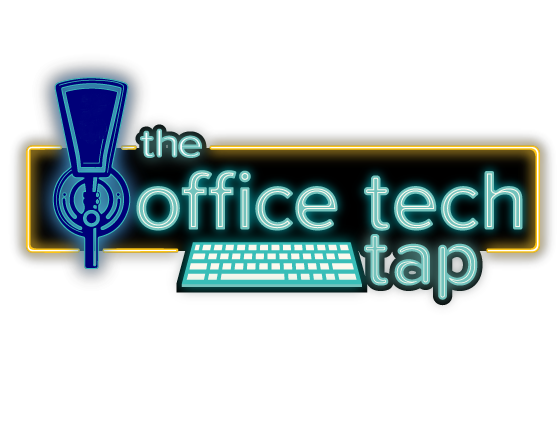Deep Dive – Seizing Opportunities in MPS: Adapting to Technological and Market Shifts 🖨️

From Cloud Highs to Market Tides: Navigating the MPS Voyage.
In the dynamic world of Managed Print Services (MPS), the past decade has been nothing short of a masterclass in adaptability and innovation. For Managed Print Providers, the evolution of MPS offers invaluable lessons on navigating the shifting sands of technology and market demands. But what can these providers glean from this transformative journey, and how can they harness this knowledge for tangible growth?
1. Embrace Technological Advancements:
The evolution of MPS has been intrinsically tied to technological advancements. For instance, the rise of cloud-based printing solutions has allowed businesses to manage print jobs from anywhere, reducing the need for on-premise servers and infrastructure.
Real Example: Consider the success of HP’s “Roam for Business.” This cloud-based solution allows users to print from any device, anywhere, and retrieve the print job at any connected office printer. It’s a testament to how cloud solutions can offer flexibility and efficiency.
Action: Providers should actively seek out and partner with tech companies that are pioneering such solutions. By integrating these into their service offerings, they can cater to the modern, mobile workforce, thereby expanding their client base.
2. Understand and Adapt to Market Dynamics:
The market dynamics for MPS have shifted dramatically over the past decade. The rise of remote work, especially during the COVID-19 pandemic, has changed the way businesses view office equipment and infrastructure.
Real Example: With the onset of the pandemic, many businesses downsized or eliminated their physical office spaces, leading to a decline in the demand for large, centralized printing hubs. Instead, there was a surge in demand for smaller, more efficient printers suitable for home offices or decentralized office setups. Xerox, recognizing this shift, launched the “Xerox® Home Office Printers” line, specifically catering to this new demand.
Action: Providers should be proactive in monitoring market trends. Regular surveys, feedback sessions with clients, and industry reports can offer insights into changing demands. By staying ahead of these trends, providers can adjust their product and service portfolios, ensuring they remain relevant and competitive.
3. Streamline Operations for Efficiency:
The essence of MPS is optimization. Providers should internalize this principle, seeking ways to streamline their operations for maximum efficiency. This could involve automating certain processes, re-evaluating supply chains, or adopting lean management practices. By reducing operational inefficiencies, providers can significantly reduce costs, leading to increased profits.
Action: Undertake an operational audit to identify areas of inefficiency and implement process improvements.
The evolution of MPS is a testament to the industry’s resilience and foresight. For Managed Print Providers, this journey offers a roadmap to success. By learning from the past, adapting to the present, and anticipating the future, providers can chart a course towards increased revenue, reduced costs, and enhanced profitability. The future is ripe with opportunity; it’s up to providers to seize it.
– Greg Walters, Head Writer



